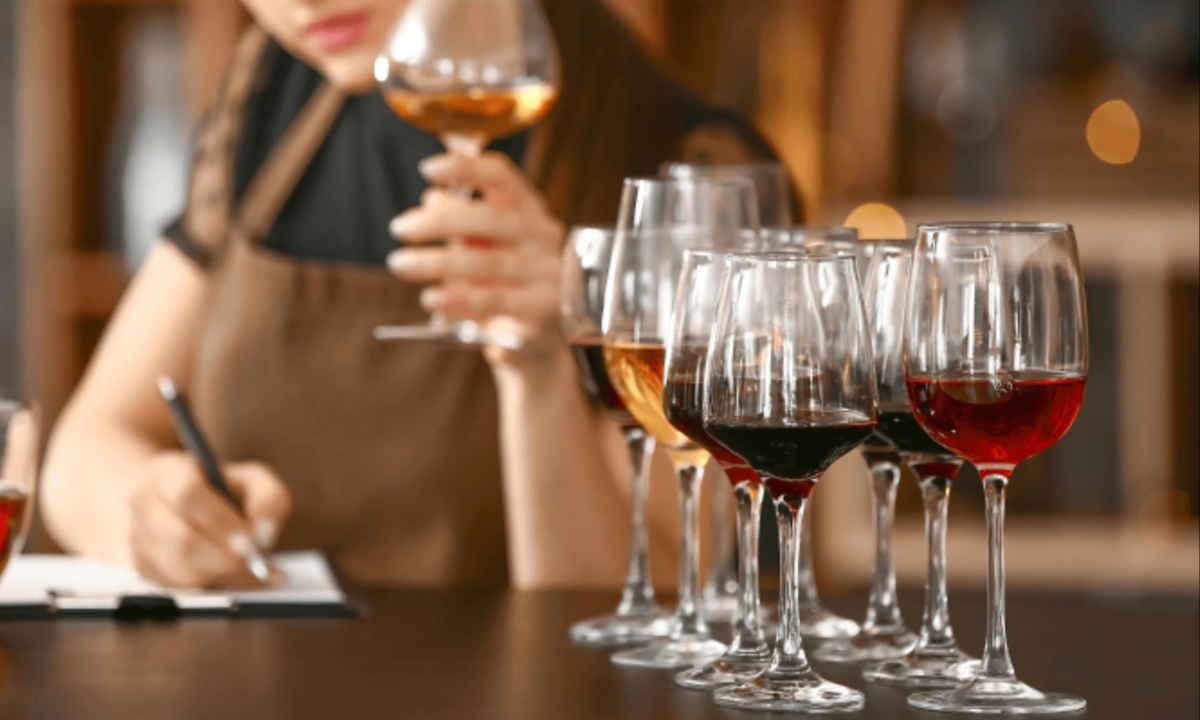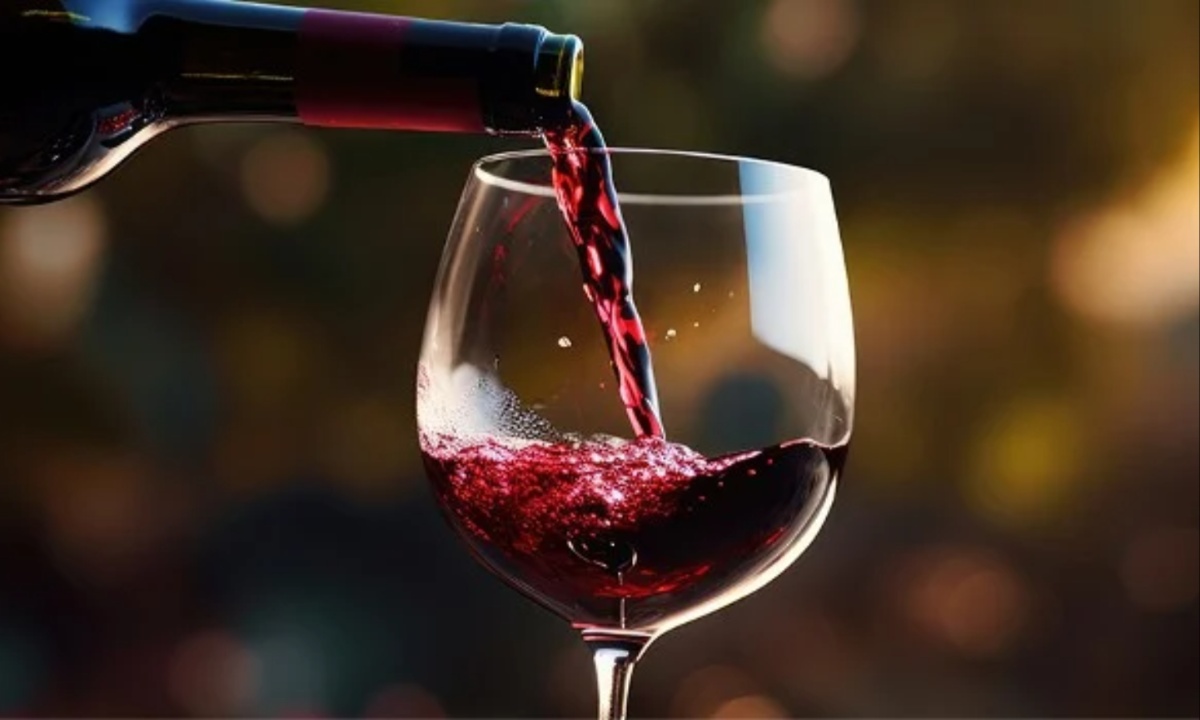A new research review by Dr. Hannah Ford at the Adelaide Business School suggests that mid-strength wines—those containing 6-10% alcohol—could be the breakthrough needed to make reduced-alcohol wines widely accepted. While no- and low-alcohol wines (NLM) have been gaining traction, mid-strength options appear to strike a balance between growing health-consciousness and consumers’ desire for the traditional wine experience in terms of taste and feel.
With the NLM wine category projected to grow at an annual rate of 12% between 2023 and 2027, this segment is reshaping how people approach wine. Ultimately, it will be the interplay of psychological and cultural factors that determines which types of reduced-alcohol wines succeed with consumers.
Gender Identity and Taste Perception Shape Acceptance of Reduced Alcohol Wine Options
Dr. Ford’s analysis of 38 peer-reviewed studies uncovered complex social and psychological tensions surrounding wine consumption. One standout contradiction is gender-based: while women tend to prefer low- or no-alcohol options more than men, wine still carries a cultural association with femininity that complicates their choices.
Men, on the other hand, often perceive non-alcoholic beverages as threats to masculine identity. These conflicting identity cues help explain why mid-strength wines—seen as more “authentic” due to their retained alcohol content—may appeal more broadly across gender lines.

One significant barrier to no-alcohol wine adoption is taste perception. Nearly half of the participants (46%) in the reviewed studies said that dealcoholized wine resembled fruit juice, undermining its association with wine. This creates a value disconnect—consumers are less inclined to pay premium prices or consume such products in traditional wine-drinking settings.
Mid-strength wines, by contrast, retain more of the flavor profile and mouthfeel of regular wine, helping them avoid this “fruit juice trap” while still aligning with moderation trends.
Balancing Moderation and Meaning in the Evolving Social Role of NLM Wines
Wine drinking is deeply tied to social signaling, often representing status, taste, and sophistication. NLM wines face the challenge of maintaining these associations while promoting moderation. Encouragingly, younger generations show growing openness to low- and mid-alcohol products, driven by health awareness and evolving definitions of social sophistication.
Celebrity endorsements and increasing consumption of non-alcoholic beverages in social settings (reported at over 73%) show that NLM wines may serve as a form of “social camouflage,” allowing consumers to engage in drinking culture without compromising their personal choices.
The research points to several strategic gaps that the industry must address, including inconsistent terminology (e.g., what counts as “low” vs. “mid” alcohol), price sensitivity among younger consumers, and the lack of cross-cultural studies. Religious and cultural dimensions—such as the perception of halal compliance in Malaysia—also play a significant role in acceptance across global markets.
Dr. Ford calls for future research to dig deeper into emotional and cultural variables, and suggests that mid-strength wines may serve as a bridge between health-conscious trends and traditional wine values. Success will come not from cutting alcohol to zero, but from aligning product design with the psychological and cultural realities of modern wine drinkers.


